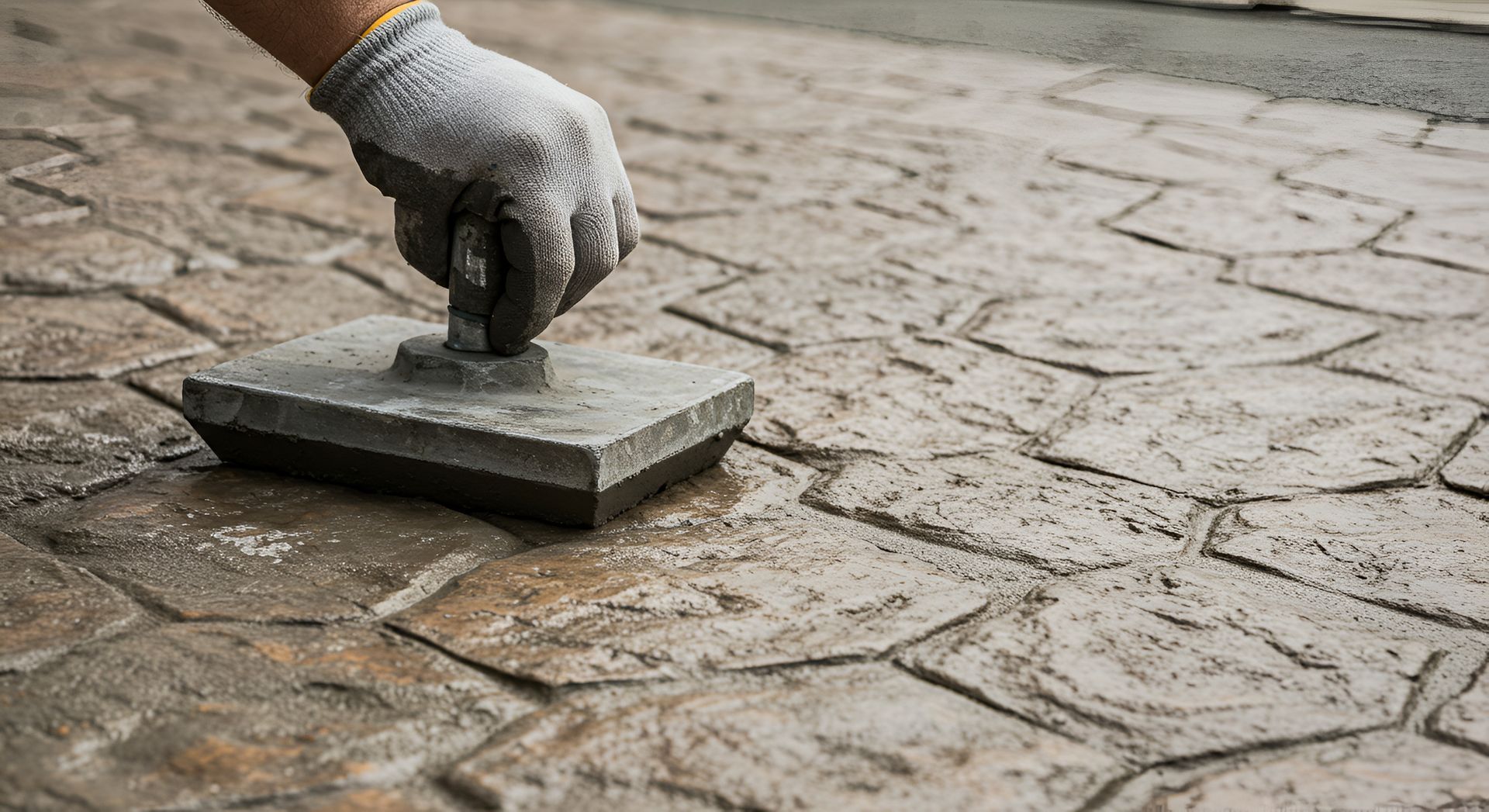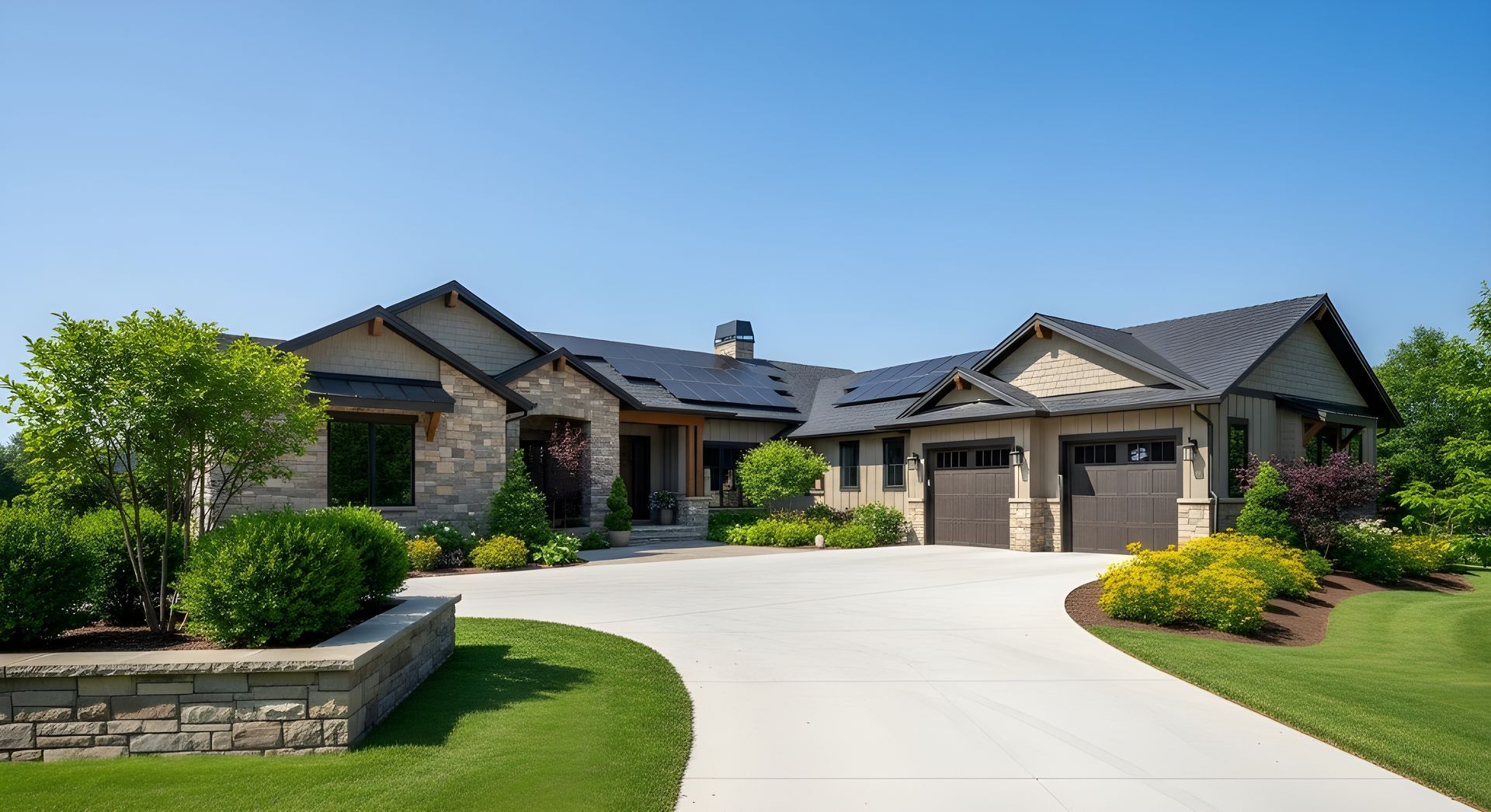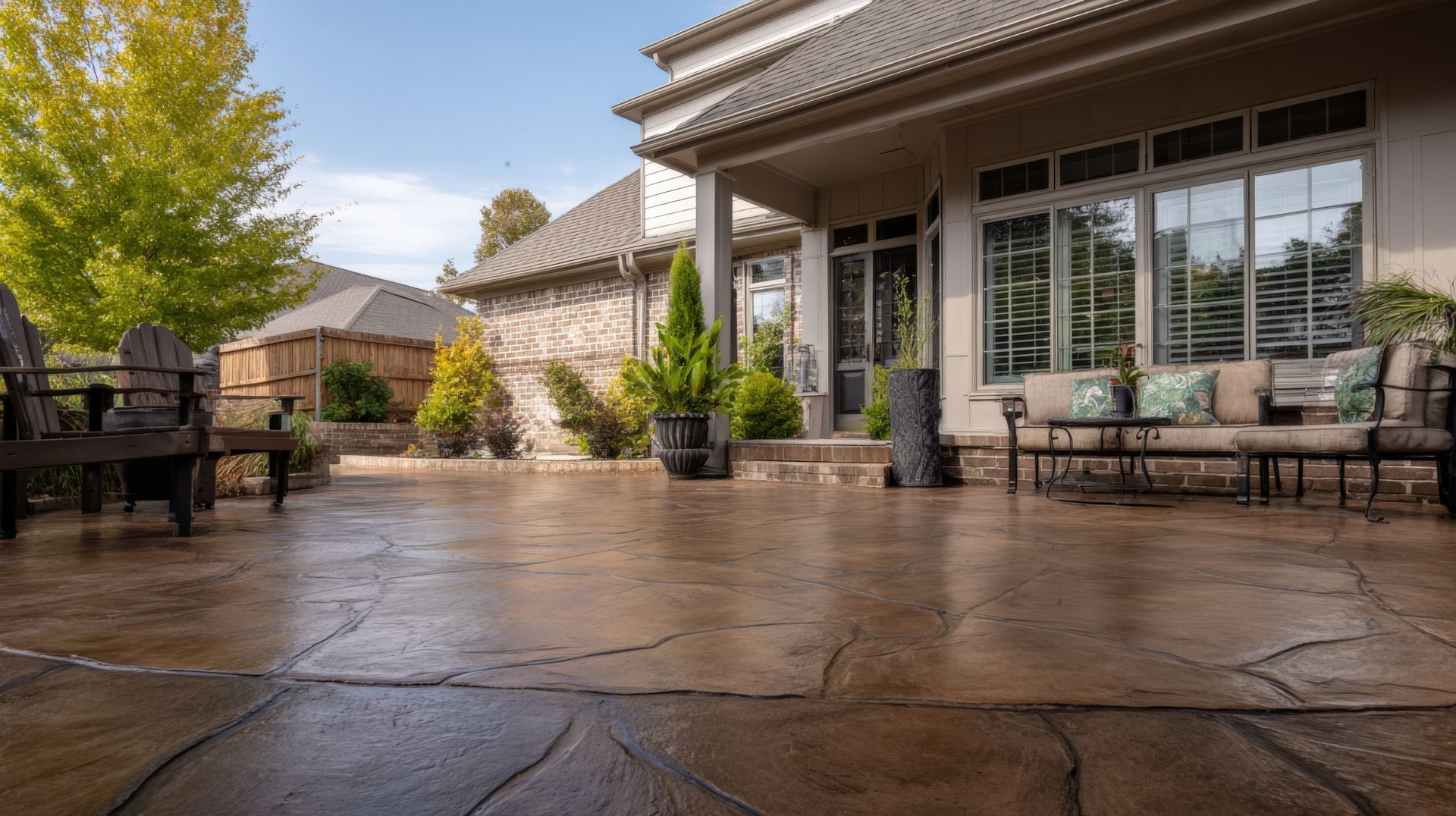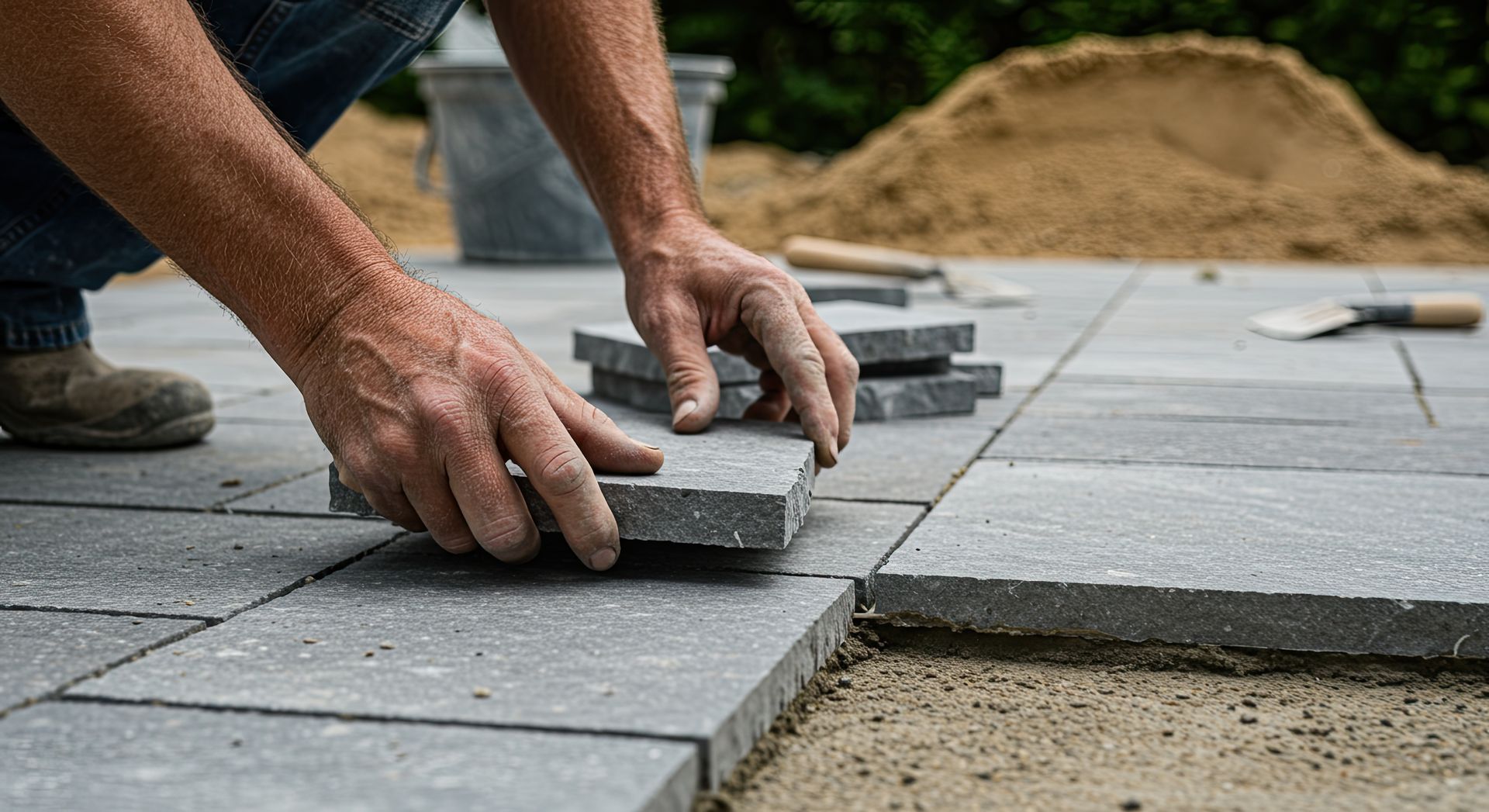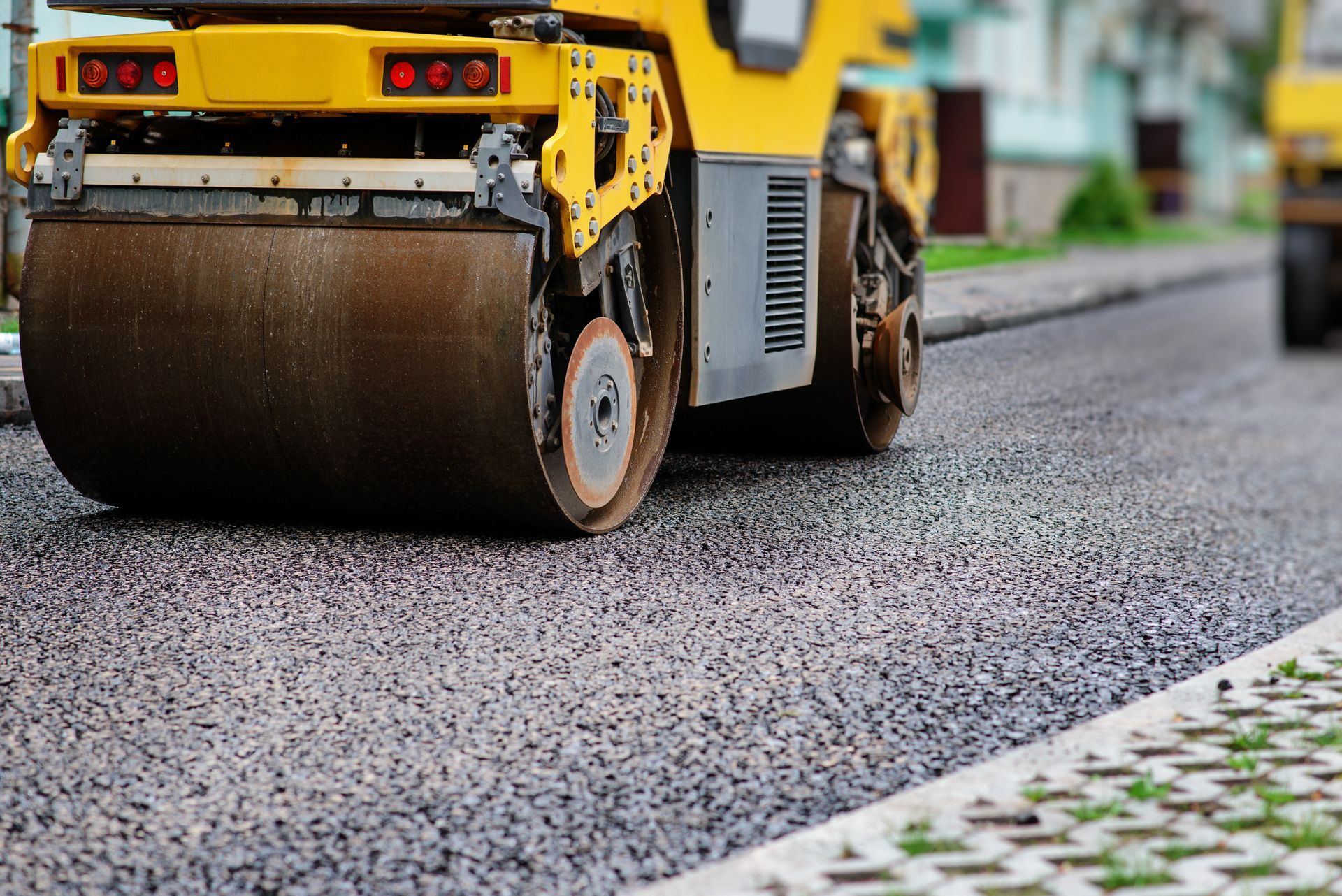
Your driveway is one of the first things people notice about your home. A smooth, well-maintained surface not only boosts curb appeal but also enhances safety and functionality. However, exposure to harsh weather conditions, heavy vehicle traffic, and general wear and tear can lead to cracks, discoloration, and surface deterioration over time.
When this happens, homeowners must decide whether to resurface the driveway, make targeted repairs, or invest in a full replacement. Understanding the differences between these options and knowing when to choose each can help save time and money while maintaining a durable and attractive driveway.
What Is Driveway Resurfacing?
Driveway resurfacing involves applying a new layer of concrete, cement-based overlay, or another protective coating over an existing driveway. This process restores the surface, covers minor imperfections, and improves durability without requiring a complete teardown and replacement.
Key Benefits of Resurfacing
- Cost Savings: Resurfacing is far more affordable than full driveway replacement. Instead of tearing out the existing structure, a new layer is applied, reducing material and labor costs.
- Time Efficiency: A resurfacing project can often be completed in just a few days, making it a convenient option for homeowners who want a quick upgrade.
- Aesthetic Improvement: Homeowners can choose from various finishes, colors, and stamped patterns to enhance the driveway’s appearance.
- Environmental Benefits: Since resurfacing preserves the existing base, it generates less waste compared to full driveway replacement.
When Is Resurfacing the Right Choice?
Resurfacing is an ideal solution when:
- The driveway has minor surface cracks, fading, or wear but remains structurally sound.
- The foundation is intact, with no major sinking, heaving, or deep structural fractures.
- The goal is to enhance the driveway’s appearance without undergoing extensive construction.
For instance, a concrete driveway that has developed small hairline cracks and surface discoloration due to UV exposure can be resurfaced with a concrete overlay, instantly restoring its smooth and uniform finish.
What Is Driveway Repair?
Unlike resurfacing, which covers the entire surface, driveway repair focuses on fixing specific problem areas. Repair techniques can include patching potholes, filling cracks, or leveling sections that have shifted due to soil movement.
Key Benefits of Repairing a Driveway
- Cost-Effective for Small Issues: If damage is limited to a few areas, repairing instead of resurfacing can extend the driveway’s lifespan without unnecessary costs.
- Prevents Further Damage: Fixing cracks and potholes early stops them from expanding, preventing larger, more expensive problems.
- Maintains Structural Integrity: Timely repairs help ensure that the driveway remains safe and functional for daily use.
When Is Driveway Repair the Best Option?
Repairing a driveway is a suitable option when:
- There are isolated cracks or minor potholes, but the overall surface is still in good condition.
- The foundation is strong, and damage is not widespread.
- The goal is to extend the driveway’s lifespan before considering a more comprehensive resurfacing or replacement.
For example, if a small section of a driveway has developed a pothole due to freeze-thaw cycles in the winter, patching the area with high-strength concrete can reinforce the surface and prevent further deterioration.
When Is Full Driveway Replacement Necessary?
While resurfacing and repairs work well for moderate damage, some driveways may be beyond saving.
Full replacement is the only option when the underlying foundation has failed or the damage is too severe to be covered or patched.
Signs That a Driveway Needs Replacement
- Deep, widespread cracks that run across large sections of the surface.
- Significant water damage leading to erosion beneath the driveway.
- Uneven surfaces or large sections that have sunken due to soil shifting.
- A driveway that is more than 20-30 years old and showing signs of structural failure.
For instance, if a driveway has multiple deep cracks, crumbling edges, and noticeable sinking due to poor drainage, resurfacing or repairs would only serve as temporary fixes. In such cases, a full replacement ensures long-term stability and durability.
Making the Right Choice for Your Driveway
Determining whether to resurface, repair, or replace your driveway depends on the extent of the damage, your budget, and long-term goals.
- If the driveway has surface-level imperfections, resurfacing is the most cost-effective way to restore its look and function.
- If the damage is limited to small cracks or potholes, targeted repairs can extend the driveway’s lifespan without the need for major work.
- If the foundation is failing or the surface is extensively damaged, full replacement is the only viable solution.
Choosing the right approach ensures that your driveway remains durable, safe, and visually appealing for years to come.
If you're unsure about the best option for your driveway, Creteworx is here to help. Our team specializes in resurfacing, repairs, and full replacements, providing high-quality solutions to fit your needs. Call 720-262-2487 today for expert advice and a free consultation!
